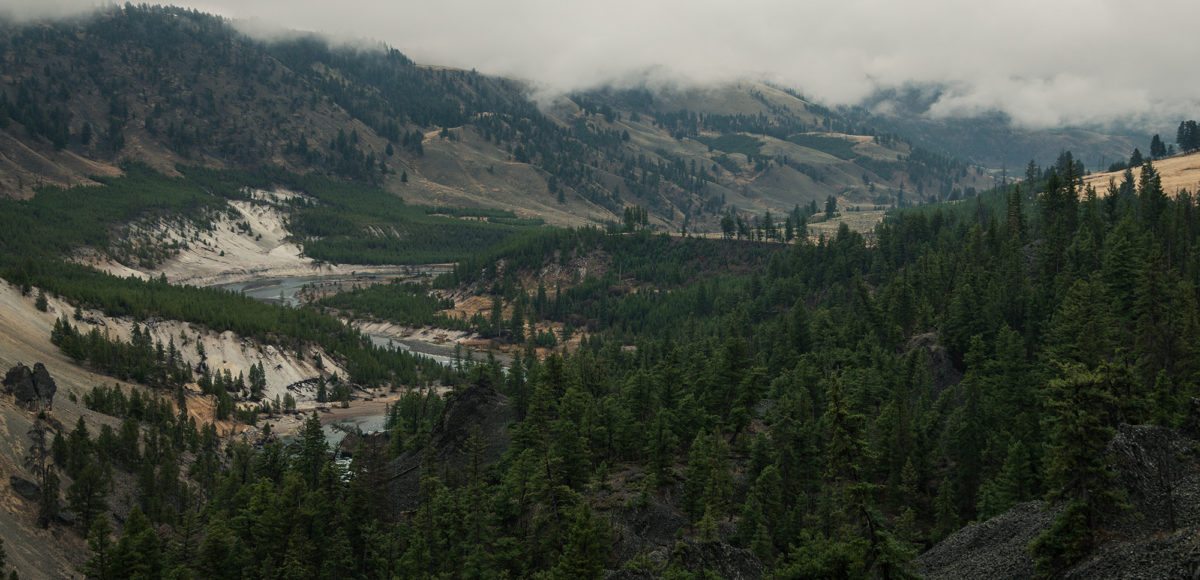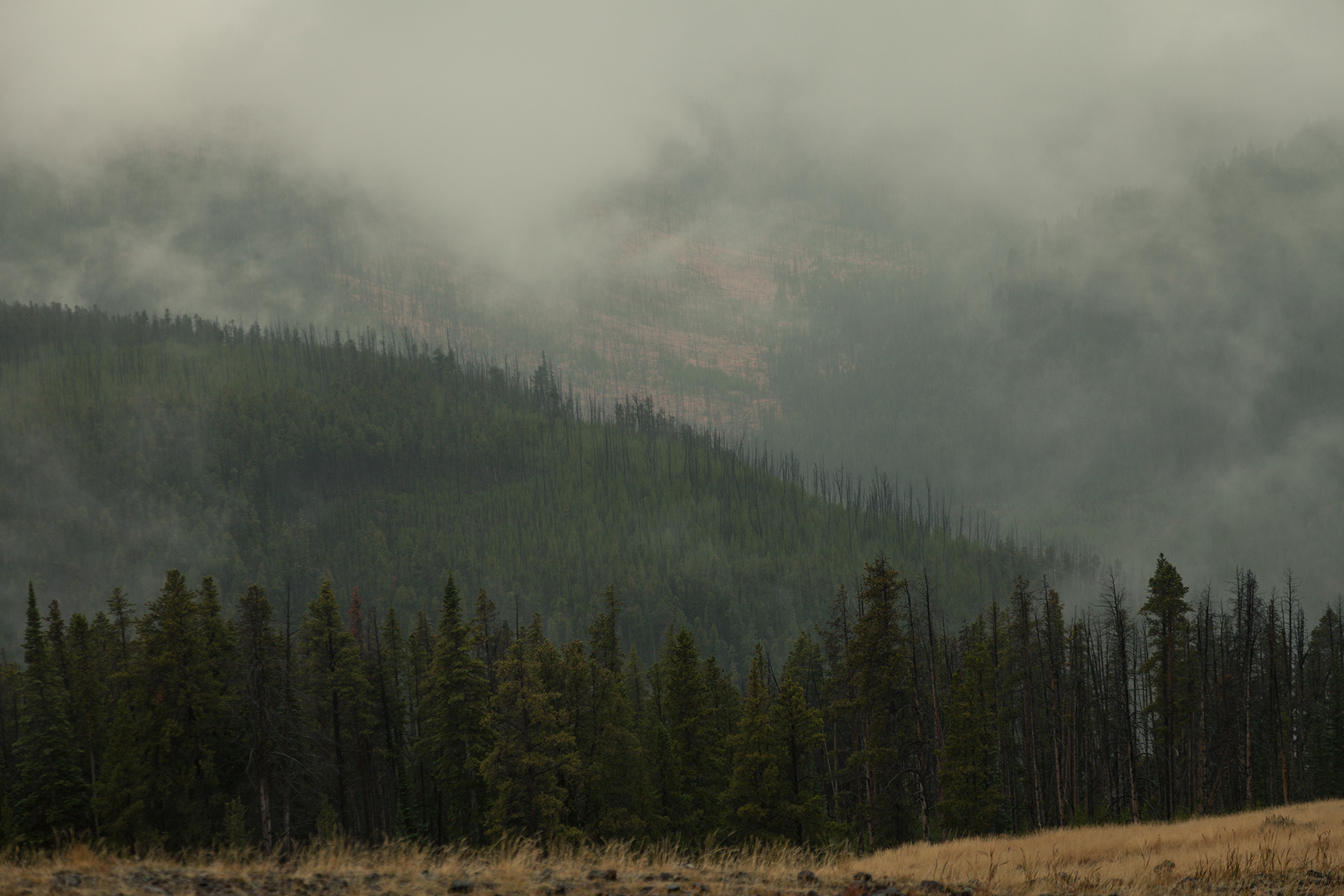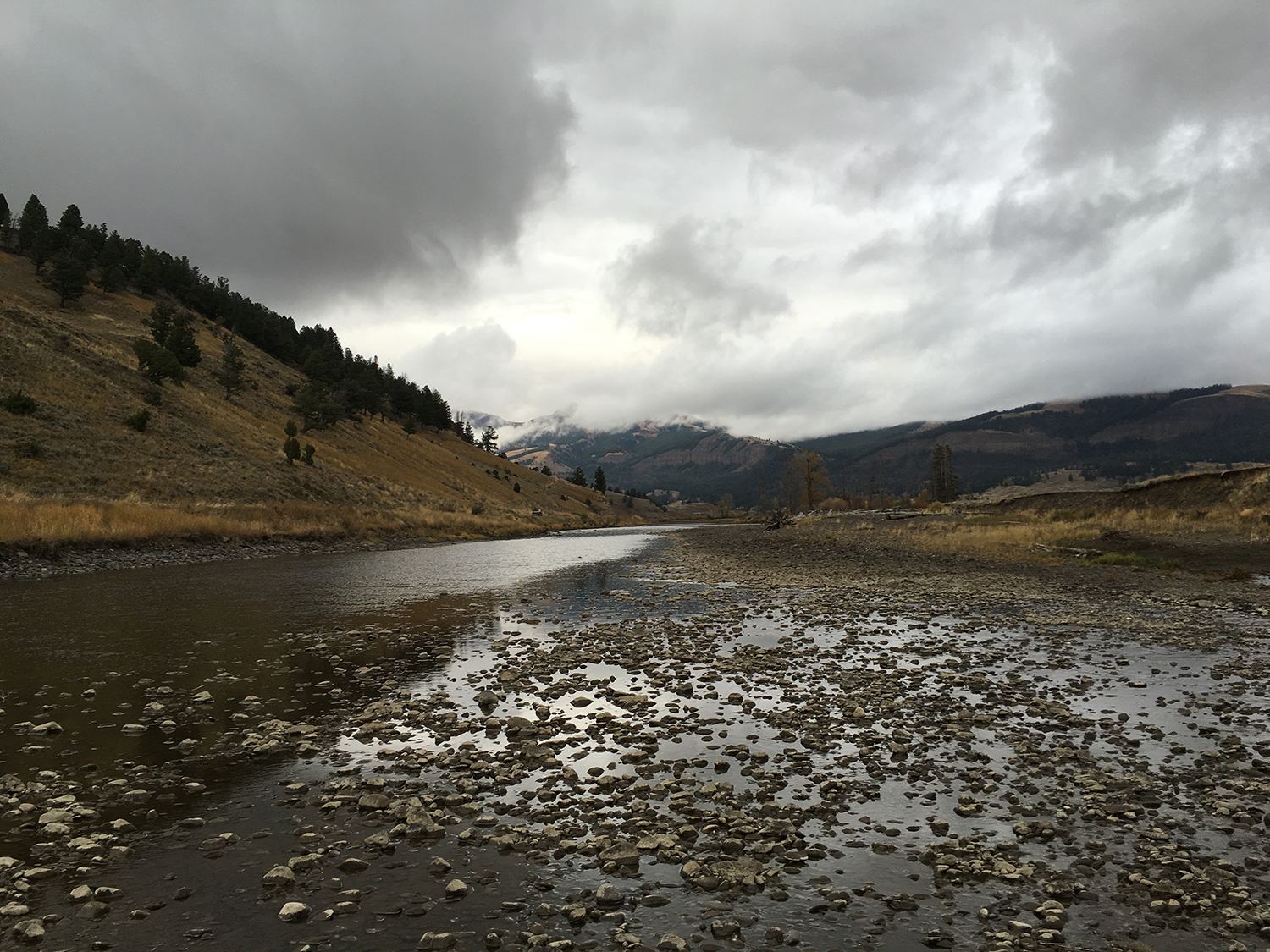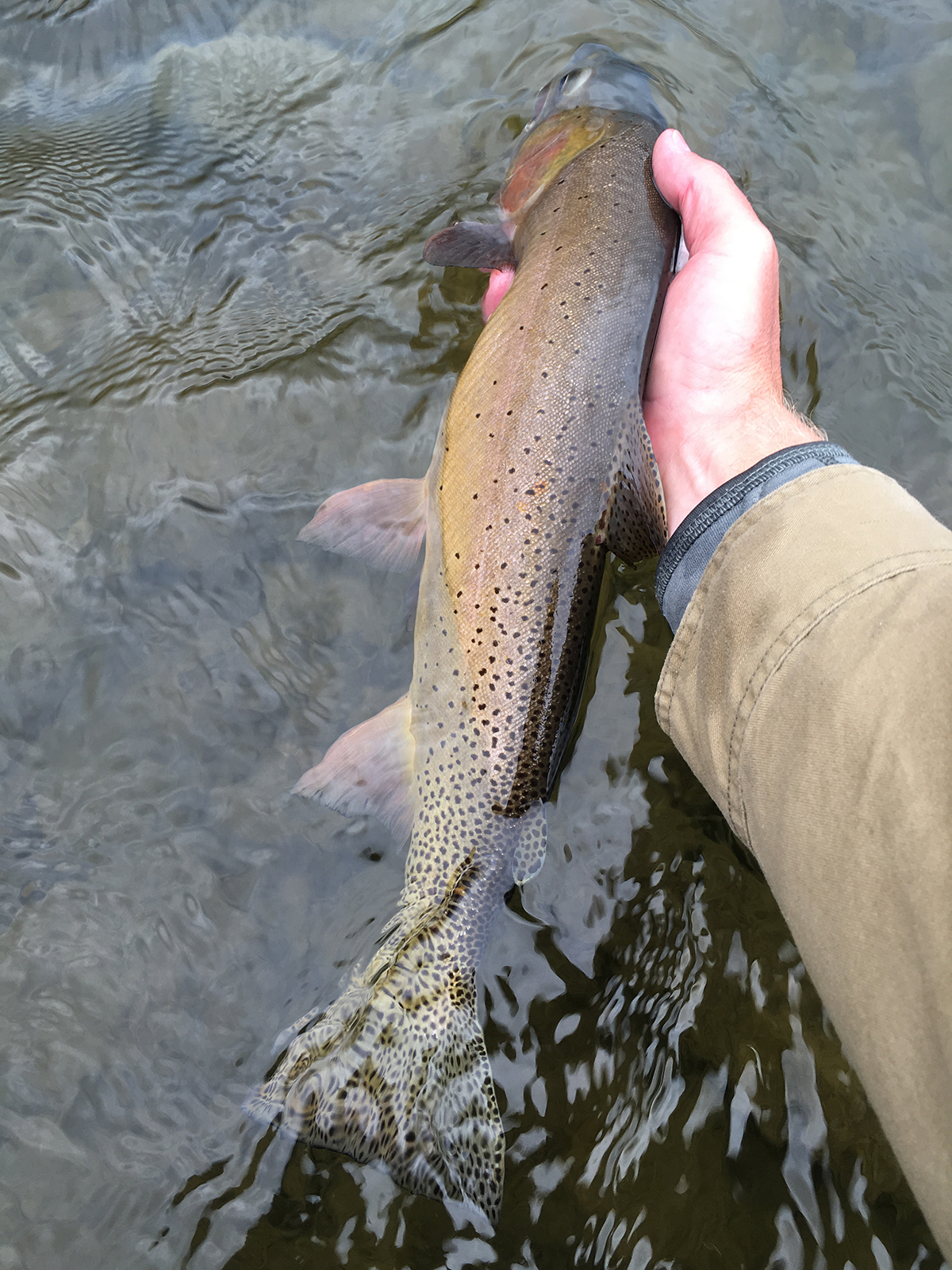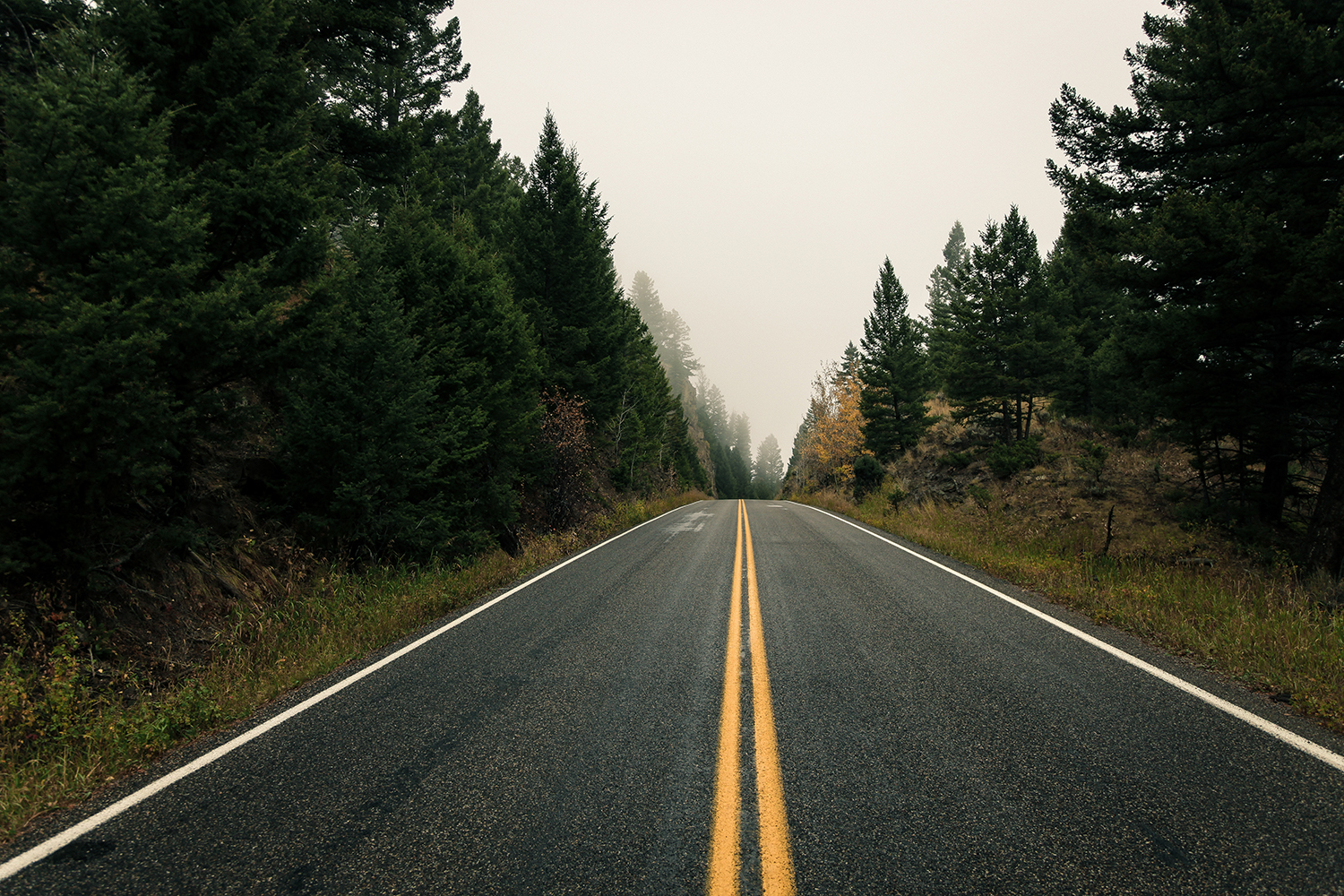Although Yellowstone National Park isn’t the most visited of the national parks (it’s ranked #4), it still gets a lot of tourist pressure throughout the year, with most of the traffic coming through the gates during the summer. Yellowstone sees around 4 million visitors each year. That’s a pretty astonishing number, and it means that during the peak summer months, there are lots and lots of cars, traffic jams, and clueless people wandering around everywhere. Since I prefer to experience the park with as few of these issues as possible, I crafted my visit to avoid these challenges as best I could.
First, I chose to visit the park in what’s considered the “shoulder season.” It’s that awkward set of months after the bulk of tourists have left, and before the area gets really cold up here during the winter season. The winter crowds are pretty minimal in the park, but in nearby Jackson, it’s a completely different story. The “magic day” for the bulk of the crowds dispersing is usually the close of the Labor Day weekend. Once the first week of September has passed, there’s a noticeable drop in tourist pressure that continues to decline rapidly.
My next move was to visit some of the less accessible locations in the park. For the most part, my time was spent in the Lamar Valley, which is in the northeast region of the park. It’s remote, located on the opposite side from the major destinations like Yellowstone Lake and Old Faithful, and it’s heavily focused on getting out of the car rather than “car touring” the sights. Plus, this area is the spot to go for a lot of wildlife and the highest likelihood of seeing wolves in the park. Although I spent my mornings glassing the valley for the pack that roams the valley, I wasn’t lucky enough to spot them. I’ve also somehow managed to spend over 2 months in grizzly country without seeing a single bear. Although I’m kind of glad I didn’t run into one on a remote hiking trail, I’m disappointed I didn’t get to see one at all. I guess all of this means that a future trip back to the Lamar Valley is in order.
When I wasn’t searching for wildlife, I could generally be found in my waders, still wet from the day before, in a river. The park has numerous rivers running through its mountains and valleys and fly anglers all over the world consider it to be angling “holy water”. Again, the most famous streams, while completely worth fishing, experience a lot of angling pressure. However, there are ways to find your own “private” stretch of water. I elected to fish the Lamar River, which aside from not being considered one of the most famous rivers in the park, is more than worth the trip. It flows through the Lamar Valley and, for a significant distance, is followed by the highway. There are numerous areas to fish right on the side of the road, but if you put in the extra effort and walk a little further than the other anglers are willing to, you can find yourself alone and surrounded by nature. I found a few of these areas and think that the effort is far outweighed by the benefits. Away from the roads, the native Yellowstone Cutthroat trout are strong, willing to take a fly, and sport colors that can’t be duplicated.
My suggestion is to get to Yellowstone anytime that you’re able, whether it be peak season, shoulder season, or winter season. Sometimes you have to suck it up and deal with the crowds in order to make adventures happen. But, if you can manage to work your schedule a little bit, try the off-season in the fall. Besides the smaller crowds, there are lots of other great surprises waiting for you.
Get More Articles Like This in Your Inbox
We're constantly creating great content like this. So, why not get it delivered directly to your inbox? By subscribing you agree to our Privacy Policy but you can unsubscribe at any time.





